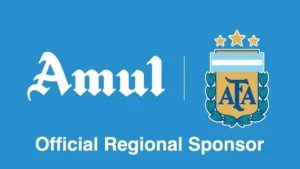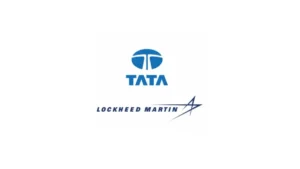The Reserve Bank of India (RBI) has established a committee to review the fee structure of white-label ATMs (WLAs). This panel aims to evaluate current policies and recommend a balanced and sustainable model for all stakeholders.
Key Objectives and Challenges
Assessment Areas
The committee will analyze the fee structure, existing ATM infrastructure, and international best practices.
Main Challenge
The primary issue is the interchange fee, which is currently the same for both bank-operated ATMs and WLAs. This has led to unsustainable operations due to reduced ATM transactions with the rise of digital banking.
Industry Context and Market Projections
Market Growth
India’s ATM market is projected to grow at a compound annual growth rate (CAGR) of 9.2% from 2024 to 2032.
Stakeholders
The committee includes representatives from leading banks, ATM manufacturers, and the National Payments Corporation of India (NPCI), and is chaired by Indian Banks’ Association CEO Sunil Mehta.
Operational and Regulatory Background
RBI Initiatives
Since 2012, the RBI has allowed non-banking entities to establish WLAs to increase the number of ATMs, particularly in rural areas.
Regulatory Changes
In 2016, WLAs were permitted to source cash from retail establishments, and in 2019, they were allowed on-tap authorization.
Fee Proposals
WLA operators have suggested raising the interchange fee to ₹30 for financial transactions and ₹10 for non-financial transactions, along with considering access or convenience fees.
Services and Limitations
WLA Services
WLAs offer account information, mini/short statement generation, cash withdrawals, and PIN changes.
Limitations
WLAs do not provide cash deposits, regular bill payments, or mobile recharge services, unlike bank ATMs which offer additional services like personal loan applications, tax payments, railway ticket booking, and more.
RBI’s Long-Term Vision
Enhancing Retail Payment Systems
The RBI has been working since 2018 to encourage more participation in retail payment platforms, including WLAs. The ‘on tap’ authorization is part of this effort to diversify risk, foster innovation, and boost competition.
Public Consultation
The RBI has engaged in public consultations to gather feedback and minimize concentration risk in retail payment systems, aiming to expand the geographical spread of ATMs and improve customer services, especially in rural areas.




 Amul Renews Partnership with Argentina F...
Amul Renews Partnership with Argentina F...
 Adani Group to Invest Over $75 Billion i...
Adani Group to Invest Over $75 Billion i...
 Tata–Lockheed Martin to Build New MRO Fa...
Tata–Lockheed Martin to Build New MRO Fa...







